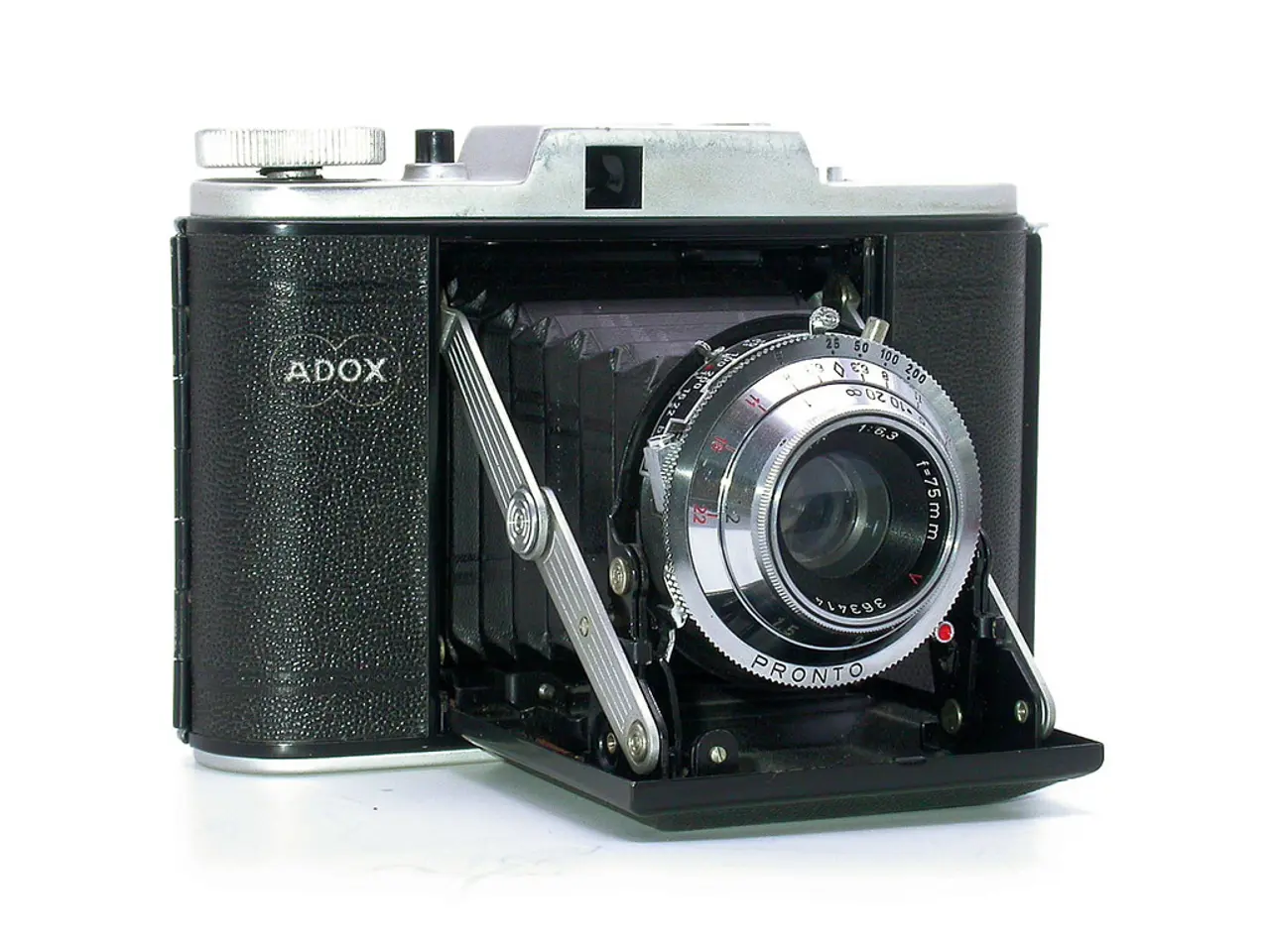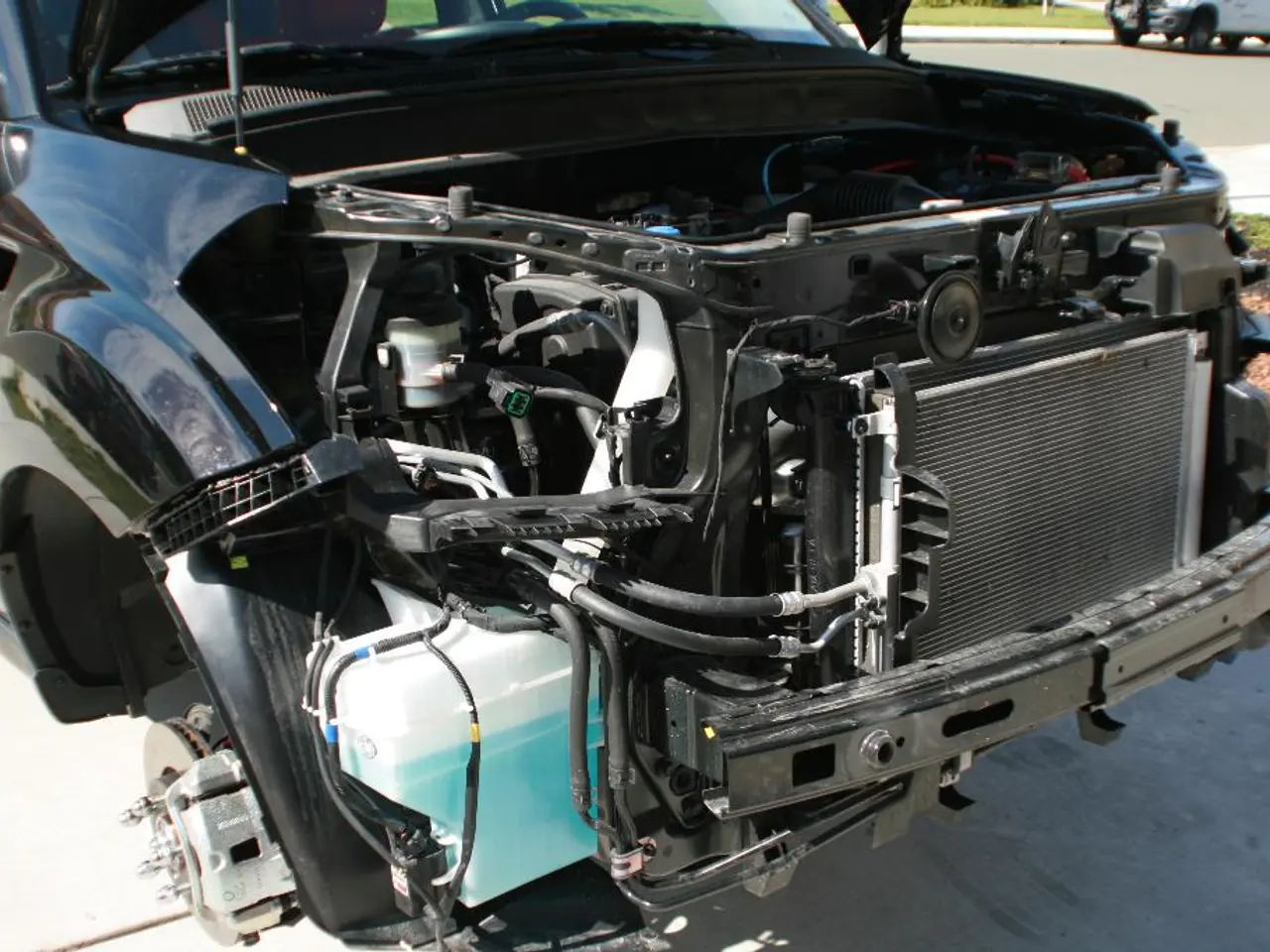Critique of ZWO ASI120MM Mini: Conditional Recommendation Provided
The ZWO ASI120MM Mini is a new addition to the ZWO family of astrophotography cameras, designed for deep sky or guiding purposes. This compact camera is based on the popular ASI1 20MM camera but boasts a smaller, more lightweight body, making it an ideal choice for setups where space and weight are at a premium.
Unique Features of the ASI120MM Mini
The ASI120MM Mini stands out with several key features that make it a powerful tool for astrophotography.
- Sensor: The camera uses the AR0130CS 1/3" monochrome CMOS sensor, offering a resolution of 1280 x 960 pixels and 3.75 μm pixels. This sensor provides a peak quantum efficiency of almost 80%, a low read noise, and a high dynamic range, making it ideal for sensitive imaging.
- Interface: The ASI120MM Mini comes with a USB 2.0 Type-C port, a more modern and convenient interface compared to older USB 3.0 connections. This port is reversible, ensuring hassle-free connections.
- Guiding Capability: The ASI120MM Mini is equipped with an ST4 port, allowing it to connect directly to an autoguider port on a mount for guiding purposes.
- Compact Size: With a smaller diameter and lighter weight, the ASI120MM Mini helps reduce flexure and balance issues during long exposure astrophotography, making it particularly beneficial for deep sky imaging and guiding.
- Focus Convenience: The ASI120MM Mini can reach focus at the same position as an eyepiece, simplifying setup in guiding or off-axis guiding applications.
Benefits for Deep Sky or Guiding Purposes
The ASI120MM Mini offers several advantages for deep sky astrophotography and guiding:
- Its high sensitivity, low noise, and high quantum efficiency make it well-suited for detecting faint stars needed for precise guiding during long exposures.
- The lighter and smaller form factor reduces mechanical strain on the mount, improving stability and guiding accuracy.
- The focus compatibility with eyepiece focusers allows quick swaps between visual and guiding cameras without refocusing the telescope.
- The compact USB Type-C and ST4 ports support easy connection and reliable communication with guiding equipment.
In summary, the ASI120MM Mini’s compact design, excellent sensor performance, and convenient interfaces make it an excellent choice for deep sky astrophotography guiding and as an entry-level imaging camera where portability and ease of integration are important.
However, it's worth noting that the ASI120MM Mini is not recommended for planetary work, as a camera like the ASI120MM-c would perform better for higher frame rates. Despite sharing the same sensor as the 120MM, the ASI120MM Mini is almost completely different in terms of design, offering a more compact and lightweight body.
The ASI120MM Mini's sensor, though smaller at 1/3", is highly sensitive, enabling the detection of dimmer stars in its small area. Weighing just 60 grams, the ASI120MM Mini is lightweight and suitable for sensitive equatorial mounts. The sensor is capable of reading out at up to 35 frames per second, making it a reliable choice for astrophotography.
In conclusion, the ZWO ASI120MM Mini is a compact, powerful, and user-friendly camera that is well-suited for deep sky astrophotography and guiding. Its unique features, such as its USB 2.0 Type-C interface, ST4 port, and compact size, make it a standout choice for astrophotographers seeking a lightweight, portable, and efficient camera for their deep sky imaging needs.
[1] ZWO ASI120MM Mini Product Page [3] ZWO ASI120MM Mini Manual
- The ZWO ASI120MM Mini's sensor, despite being smaller at 1/3", is highly sensitive, enabling the detection of dimmer stars in its field of view, making it suitable for deep sky astrophotography.
- In terms of science and technology, the ASI120MM Mini's compact size and lightweight body are crucial advantages in planetary astronomy as they reduce mechanical strain on the mount, improving stability and guiding accuracy.
- Despite being a powerful tool for deep sky astrophotography, the ASI120MM Mini is not recommended for planetary work, as a camera like the ASI120MM-c would perform better for such purposes due to its capability of handling higher frame rates.




